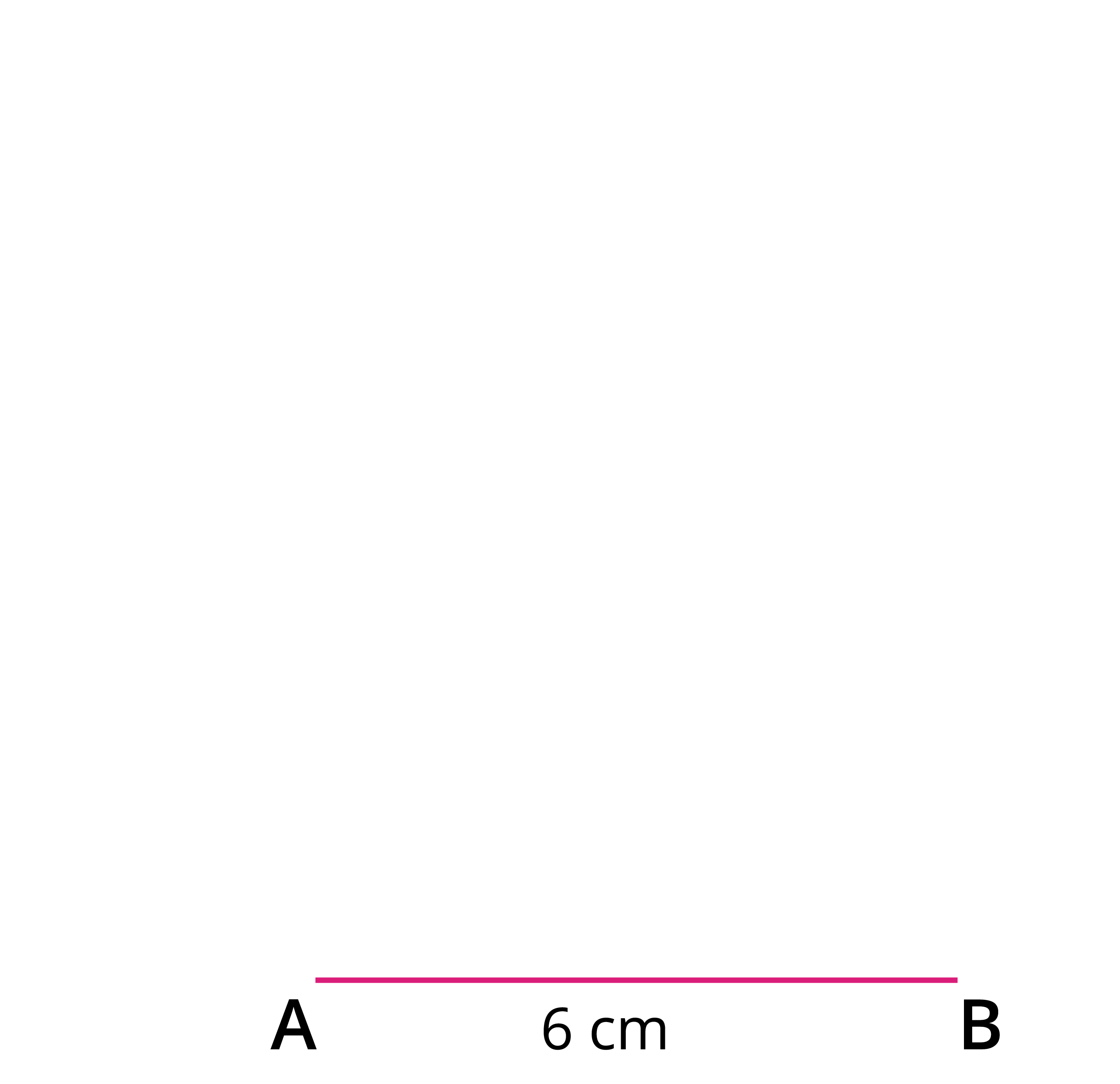UPSKILL MATH PLUS
Learn Mathematics through our AI based learning portal with the support of our Academic Experts!
Learn moreWorking rule to construct a parallelogram:
Let us discuss the working rule to construct a parallelogram when the measure of two adjacent sides and an angle of a parallelogram are given.
Example:
Construct a parallelogram \(ABCD\) with \(AB\) \(=\) \(6\) \(cm\), \(BC\) \(=\) \(5.5\) \(cm\) and \(\angle ABC\) \(=\) \(75^{\circ}\).
Construction:
Step 1: Draw a line segment \(AB\) \(=\) \(6\) \(cm\).
Step 2: With \(B\) as centre, mark an angle \(75^{\circ}\) using the protractor and mark it as \(X\). Join \(BX\).
Step 3: With \(B\) as centre, draw an arc of radius \(5.5\) \(cm\) intersecting \(BX\) at \(C\).
Step 4: With \(C\) and \(A\) as centres, draw two arcs of radii \(6\) \(cm\) and \(5.5\) \(cm\) respectively such that they intersect each other at \(D\).
Step 5: Join \(CD\) and \(AD\).
Step 6: \(ABCD\) is the required parallelogram. The measure of \(CE\) gives the height of the parallelogram \(ABCD\).
